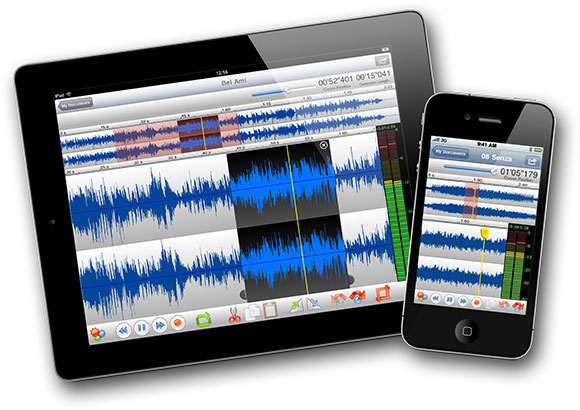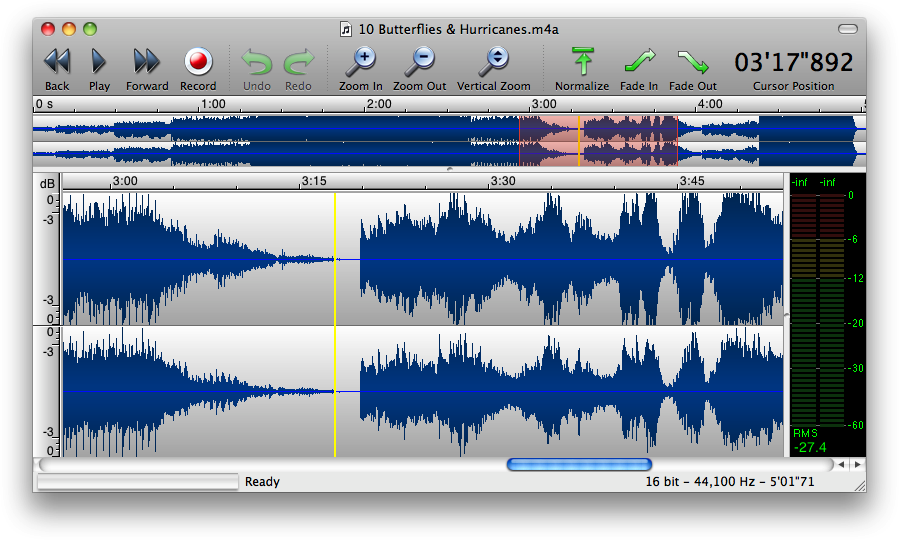
This means we might be able to cut out entire parts of the frequency range without affecting the target audio in the file. Most music has some audio information in all frequency areas, but simpler recordings of a voice for example might only use specific parts of the range.

We don’t need to understand it fully for it to be useful but the basic premise is the higher frequencies are to the right of the diagram and the left hand side are the lower frequencies. In the Frequency Analysis window we can see all the frequencies that are in our audio file. Select all the audio and from the Analyze drop down menu click Plot Spectrum. But before we do that, we need to spot where the issues are.ġ. A first approach to consider is using a low pass filter or a notch filter to basically cut the frequency area of the hiss out of the audio file. There are a few different approaches we can try to achieve this. This could be caused by wind noise, or an overly noisy AC unit. Cleaning up an audible hissįor our next audio issue, let’s look at the classic high pitched hiss in the background of an audio recording. You can, of course, use control and z to undo the adjustment or you can go back into the Amplify effect and make further reductions or adjustments. Watch the VU meter and see if the problem still causes the output to clip showing the red line in the meter. Listen to the new version and see if that has fixed the issue. The highlighted area of the waveform will reduce in height.Ĥ. Try reducing the value to -1dB and click the “OK” button. Reduce the amplification value either by typing a negative value into the “Amplification (dB):” input box or by using the slider. Click on the Effects drop down menu and select “Amplify”.ģ. Click slightly to the left of the problem area and drag over the area to the right so you can highlight this small section of clipped audio.Ģ. It’s unlikely that we can reduce the distortion in the audio at this point but we can simply reduce the amplitude of this part of the waveform meaning that although distorted for a moment it doesn't cause our speakers to pop and create discomfort for the listener.ġ. You can usually see the point in the audio file and you can use the zoom icons to zoom in on the problem. In our test audio there was a small explosive click in the audio that caused the VU meter to flash into the red section and caused our headphones to briefly distort.

Now we have our potential list of issues, let’s look at approaches to making improvements to our audio. This pauses the play position and you can note the time position, handy for making a list of places in the file with issues. Pause playback by clicking the “p” button on your keyboard. Note that this will reset the playback to the cursor position, so it’s useful if you want to listen to the same little section repeatedly.Ģ. Go through the recording and press the spacebar to stop and start audio playback. It’s worthwhile listening through your target audio file a few times and making notes of areas and times that have issues you want to try and improve.ġ. Other issues might be background noise in the recording such as wind noise hitting a microphone, a train rumbling by in the distance, or that the audio is simply too quiet.

Common faults might include, a high pitched hissing in the background, parts of the track where the audio is so loud it “clips” and causes loud distorted cracks. When trying to clean up audio we first need to consider what issue or issues are causing the audio to be poor. (Image credit: Tom's Hardware) Identifying the issues


 0 kommentar(er)
0 kommentar(er)
